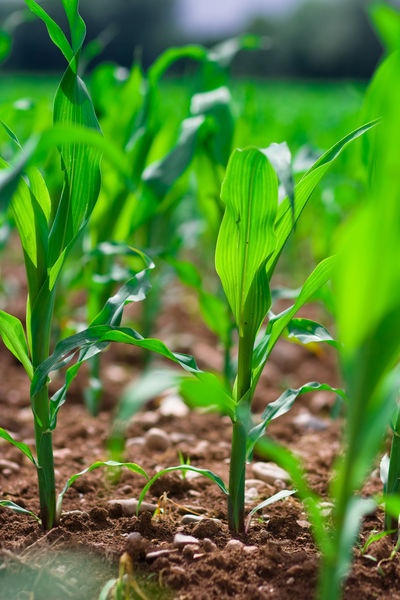Trinidad and Tobago - Agriculture

About 28% of the total land area was arable in 1998, most of it on Trinidad. There are two distinct types of agricultural operations—the large estate or plantation that is managed by a specialist and employs large numbers of laborers, and the small farm cultivated by the owner (or tenant) and family. The small farms grow mainly for the home market. Crops include corn, rice, peas, beans, potatoes, other vegetables, and a wide variety of fruits. Lowland rice is grown almost entirely by Indian farmers. The large estates are interested mainly in commercial export crops, although the small farmers also grow some export crops. Agriculture accounted for only 2% of GDP in 2001. During the 1970s and early 1980s, agriculture's traditional labor force was lured away by the booming energy sector, with foreign exchange plentiful enough to import food. By the late 1980s, however, this trend was being reversed.
The value of crops grown for the domestic market is believed to be considerably greater than that of the export crops. Sugar, the main commercial crop, is grown on a few large company-owned estates and by thousands of small farmers; modern methods allow the estates to produce about two-thirds of the sugar crop. Normally, 80% or more of the islands' production is exported. Sugar production declined from 250,000 tons in 1961 to 213,200 tons in 1971 and some 65,000 tons in 1984, the lowest output in four decades; 1999 production was 95,000 tons. The second major export crop, cocoa, is cultivated in the hill sections of both Trinidad and Tobago. Estates produce considerably more cocoa than smallholdings, owing to better agricultural practices and to the fact that small farmers intercrop bananas, coffee, and other crops with cocoa. Cocoa production has been in decline since 1970; the output in 1999 was 1,000 tons. Coffee is grown in much the same hill areas as cocoa, and there is about the same proportion of estate-grown to small-farmer-grown coffee. Both cocoa and coffee have been described as sick industries because of inefficiency, crop disease, and uncertain world market conditions. In 1999, coffee production was less than 1,000 tons, down from 2,361 tons in 1985.
Some 90 acres (36 hectares) of ornamental flowers are also cultivated for export. Rice, citrus, corn, cassava, peanuts, and pigeon peas are now being grown to diversify agricultural output.